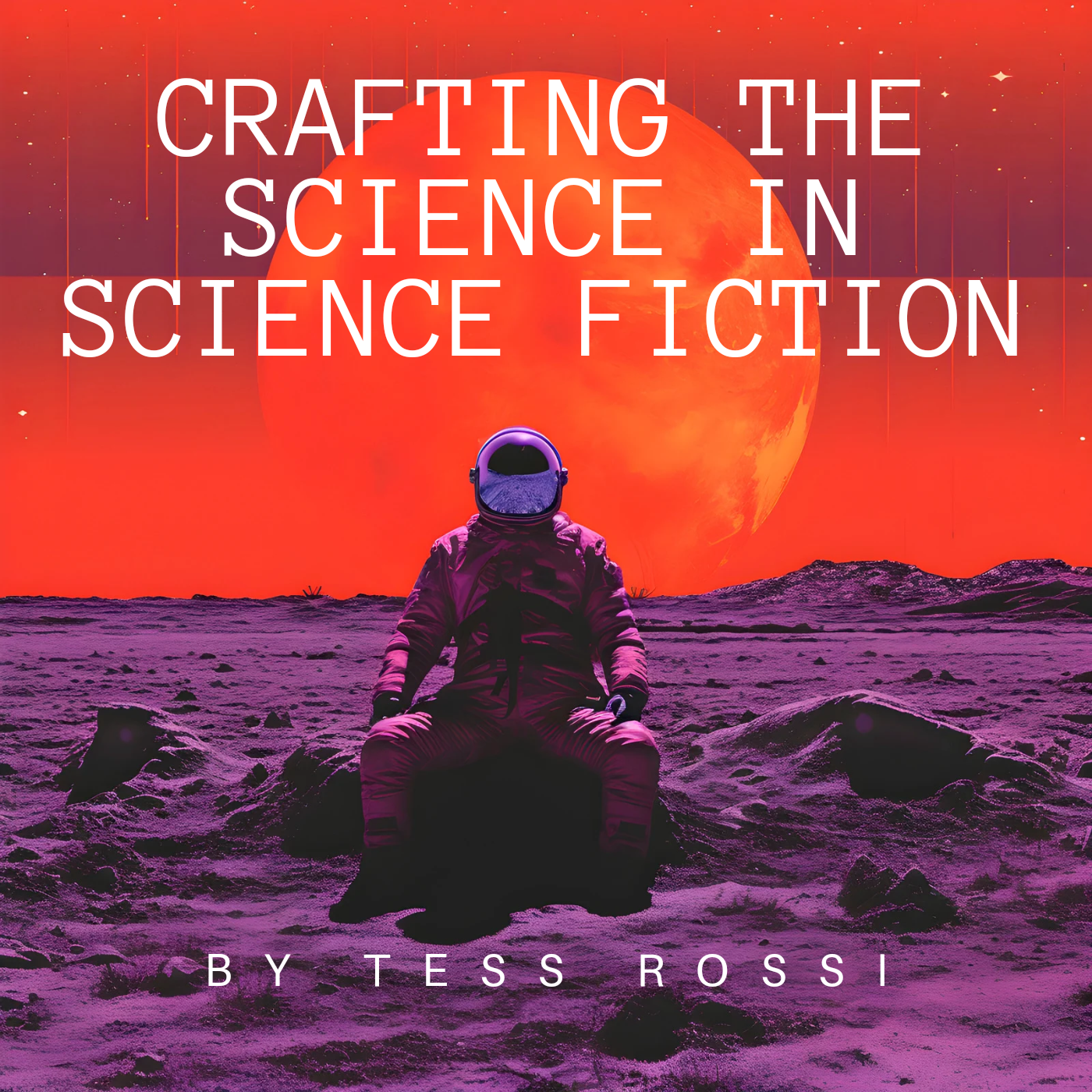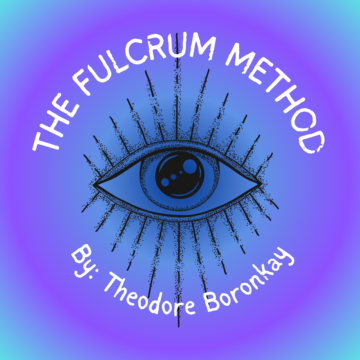by Tess Rossi

Science fiction will always hold a special place in my heart. It’s my favorite genre to read, write, or watch on screen. There’s something alluring and enthralling about the unique worlds each story holds. Obviously, a lot of planning and note-keeping needs to happen to create the most intriguing but consistent story within science fiction.
At the core of science fiction, there’s science: some new knowledge, discovery, or breakthrough. Then, there’s technology: how that science is applied, from daily life to a planetary or (inter)galactic scale.
Limitless imagination goes into designing the new science for your story. Questions jump out at you: Will people fight with modified body parts, laser blasters, or sonic screwdrivers? Are aliens invaders, allies, or slumlords (a la Jabba the Hutt)? Is there faster-than-light travel? Have wormholes made for easy trips ’round the galaxy?
A blank page might be daunting when attempting to start your sci-fi story—it certainly is for me! I tend to write by the “seat of my pants,” in that I don’t have much of the story planned out. However, I’ll have written extensive notes on the world in which the story takes place.
I want to share some tips and tricks I’ve picked up and refined along my writing journey so that you, too, can feel more confident when diving deep to write your next sci-fi hit. Many points can be applied to other genres as well, but in this context, I’ll have a sci-fi focus.
- What is the question that drives your story? The big “what if?” It should involve the science element that separates your story from our current world. It can still be a basic, humanistic question or problem, but with a little twist. Keep this question close in mind as you continue to flesh out your story’s world.
- Plot the history of your world. This doesn’t need to be an encyclopedia, but at least a few points on why Society A hates Society B, or when first contact was made, or how solar fusion was harnessed for energy. If dates are important or will come into play in your story, jot them down, and double check your math!
- Plan your society/societies. How are different groups of people divided? Is there a government, ruling class, monarchy, or all-powerful cabal of cats? What does a typical job, wage, house, family, etc. look like?
- Invent your technology. How is the technology used, and by whom? Is it something to help or hurt others? Are there dangers associated with the technology? Something that can help bridge the gap for a reader is formulating technology that is similar to or builds upon familiar technology we use today.
- Create your characters. What personality, traits, skills, opinions, and flaws does your main character have? How do they relate to other characters, and how do they interact with your technology? Most importantly, what does the main character want? What motivates them—and, as the author, how are you going to make it difficult for them to achieve that goal?
- Science should cause or solve the problem of the story––or both. Science and technology should be entwined with the story you write. If those elements are removed and your story can still stand on its own, then it’s not science fiction. It’s fiction with science.
You can explore these elements and more before writing your sci-fi story, but these are the ones that come into play the most for me. I find that a separate Word document helps to organize my worldbuilding details, but you can use whatever modality you prefer: notebooks, sticky notes, vision board, or computer programs (there are many good free ones!).
I hope these tips are helpful as you plan your story, sci-fi or otherwise. If the blank page seems less intimidating to you now, my work here is done.
Boldly go, dear writer!


